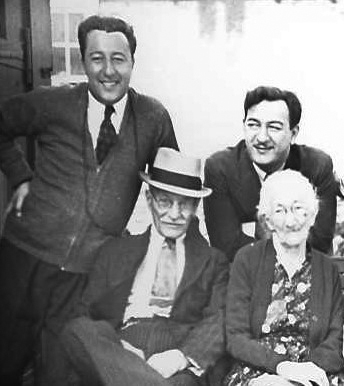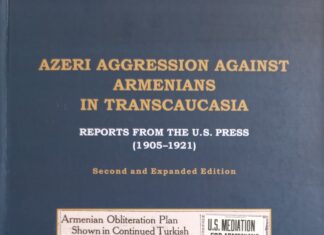By Ruth Bedevian
My paternal great-grandmother passed into her eternal rest when I was 8 months old. Anna Najimian is sleeping in Flower Hill Cemetery in North Bergen, NJ. Indeed, she is far from her birthplace of Dikranagerd, the ancient city founded by Tigranes the Great, and ruled by Sultan Abdul Hamid II, ruler of the Ottoman Empire at the time of her birth (circa early 1840s).
In 1900 Hajimom arrived at Ellis Island with an identification tag pinned to her coat. Her 12-year-old grandson, Khoren, her newly remarried daughter, Soghome and son-in-law Shahpaz Shahbazian were temporarily living in a boarding house in Pawtucket, Rhode Island. The manifest states that her destination was 110 Buffalo Avenue, Paterson, NJ. It was the residence of the Najimian family where her brothers had settled. She was born Najimian; her married surname was Bakalian, but she was entered into the US records as Najimian.
Like so many survivors, she neither spoke of nor obsessively lingered on the horrors she suffered when she was violently widowed. Two Turkish soldiers had entered her home and slaughtered her husband and two sons before her eyes during the Hamidian Massacres (1894-1896) in the southeastern provinces of the Ottoman Empire. Chaos prevailed in the household and the surviving spouses and children scattered for refuge.
Thus, our family history is buried with the victims and therefore begins with Hajimom in the New World and with her new life with which she was graced by Providence.











